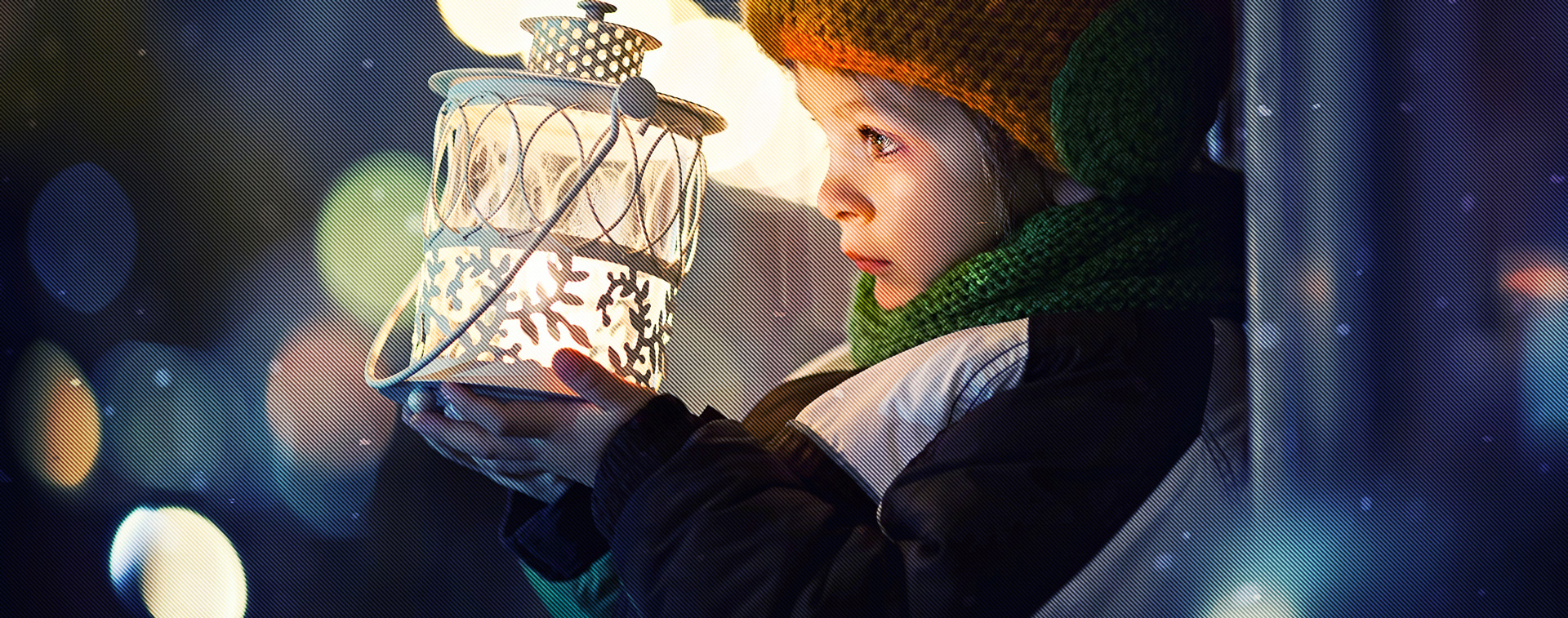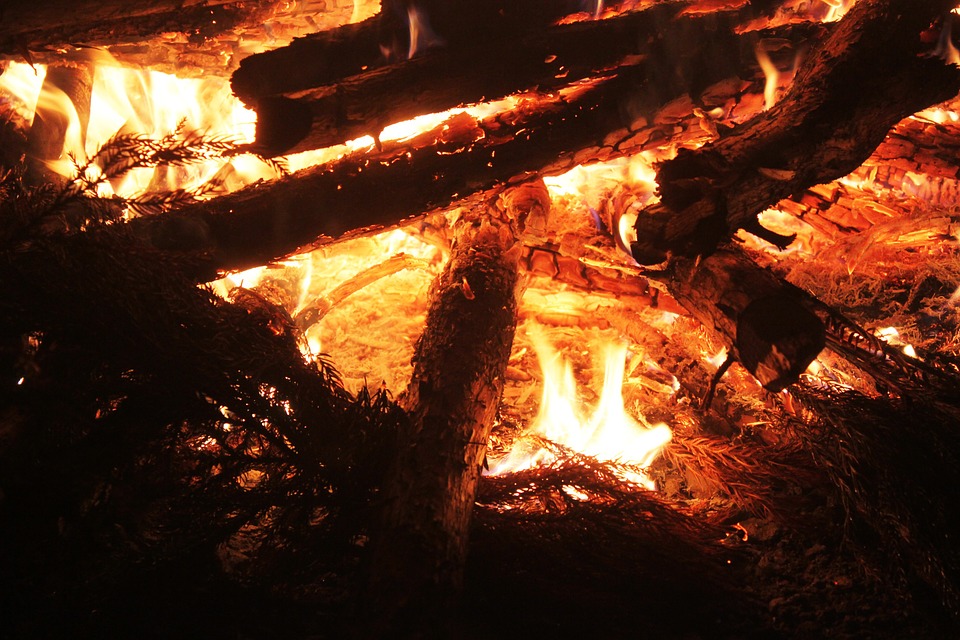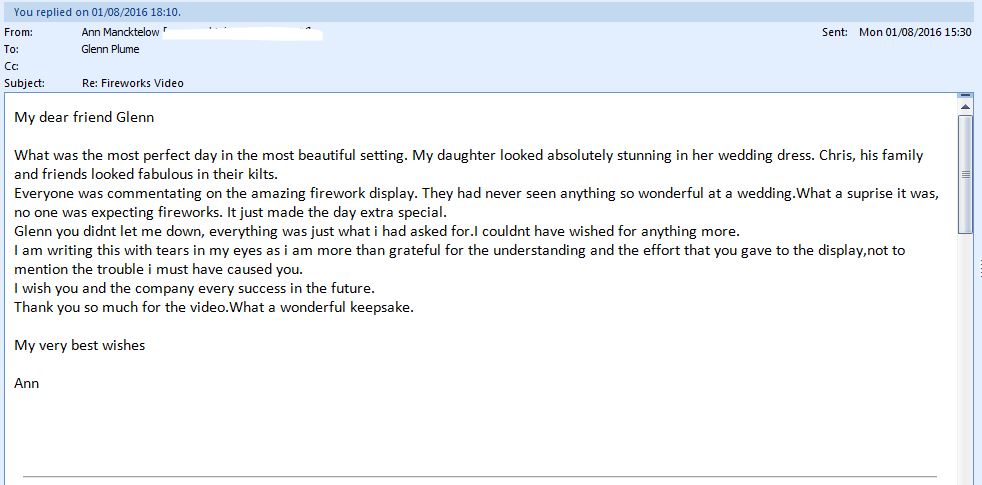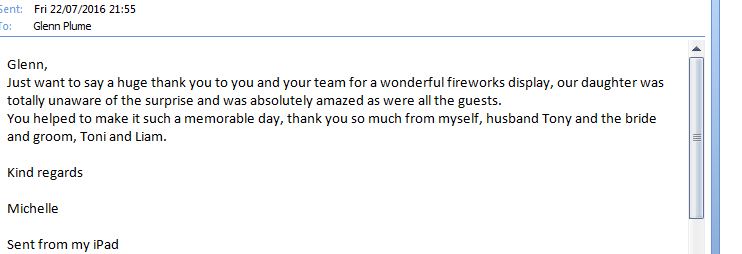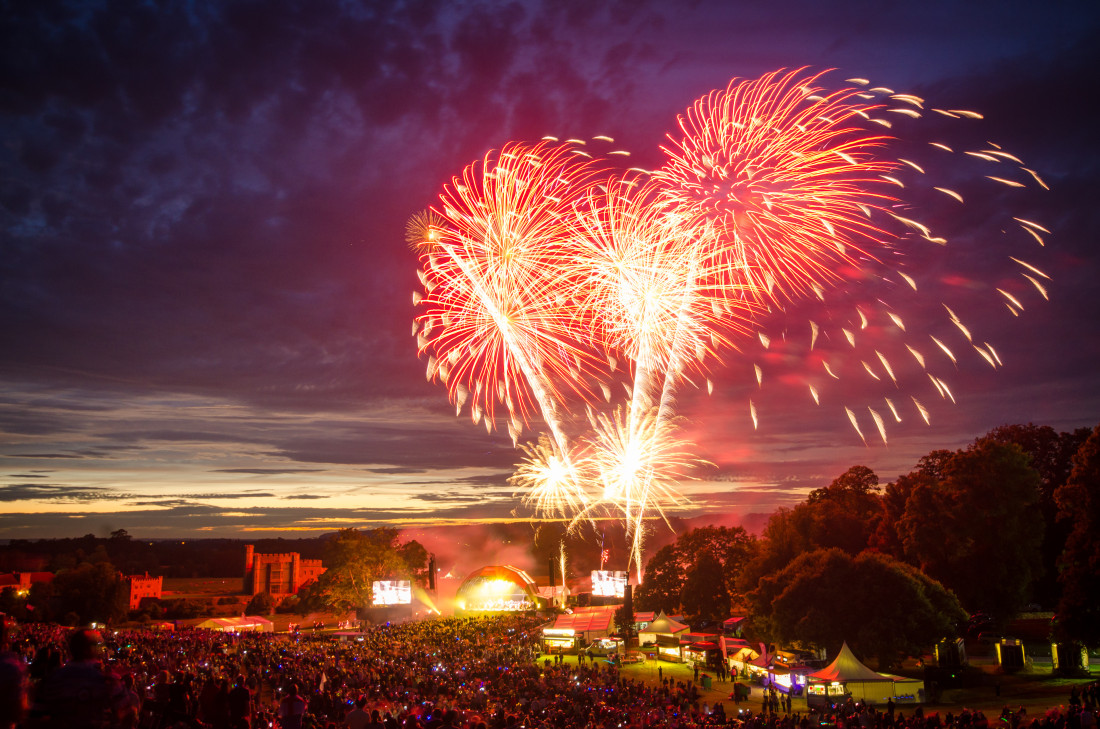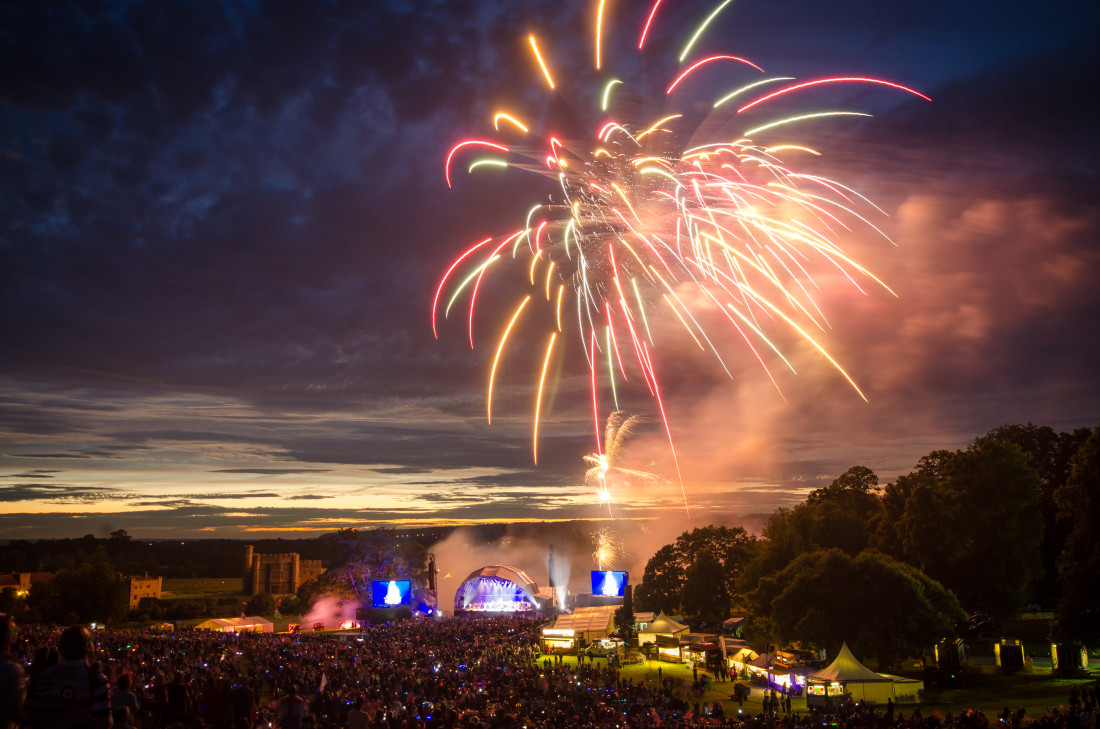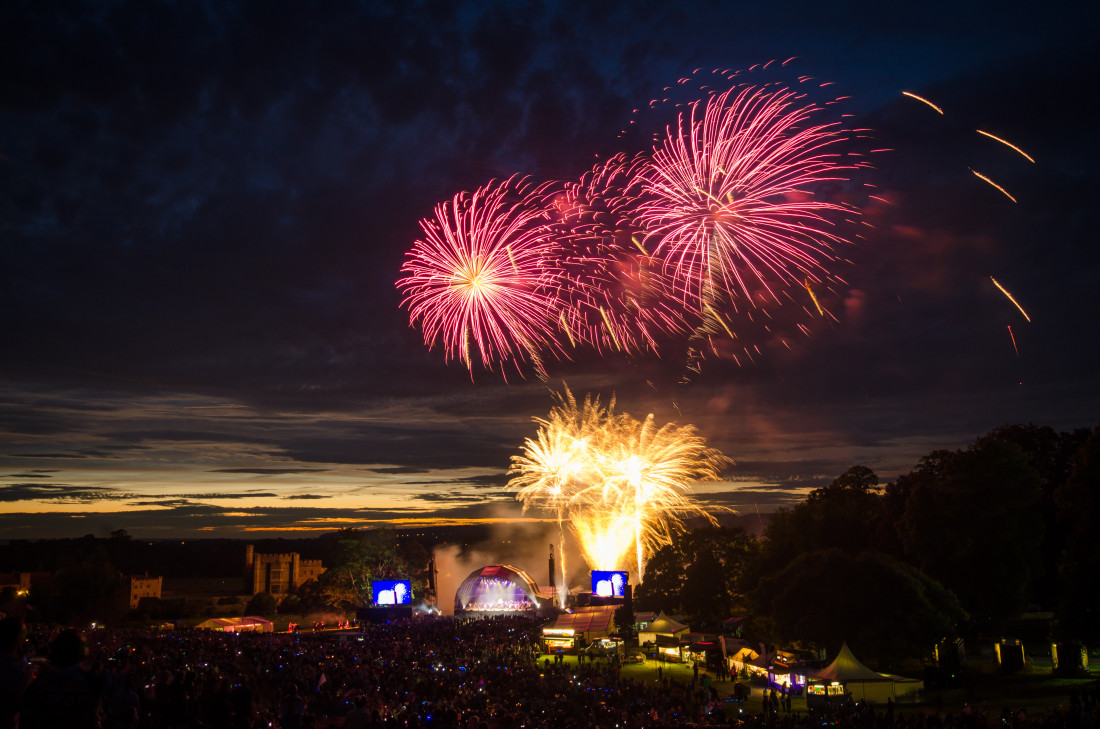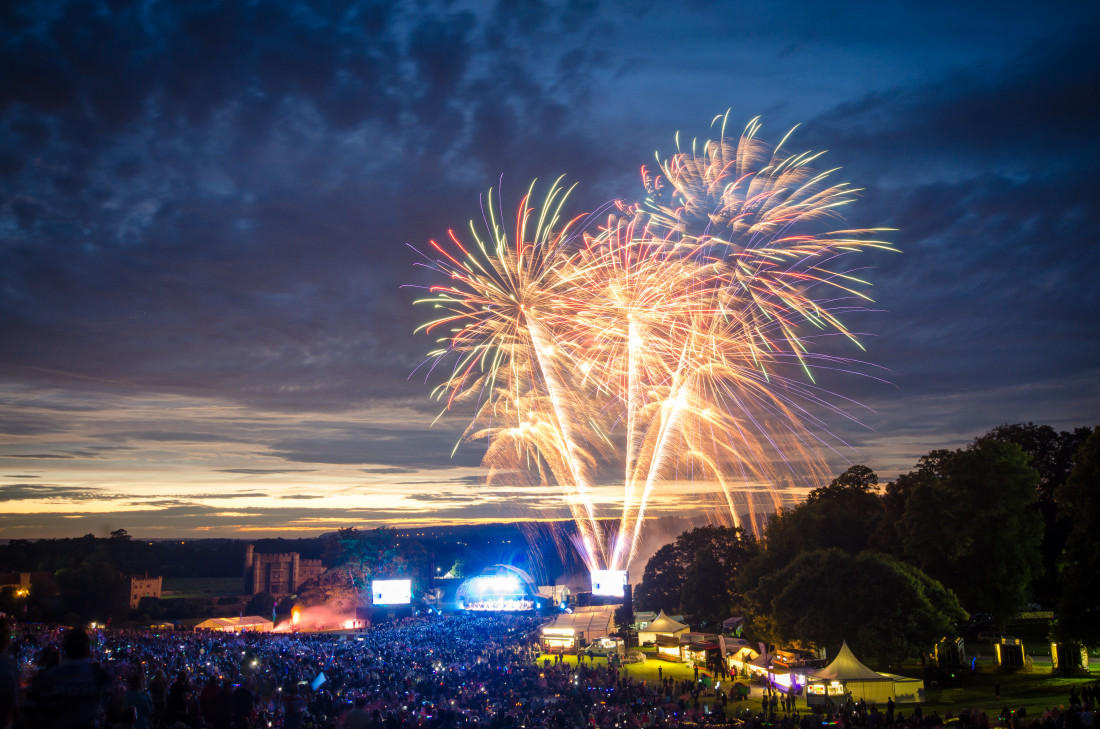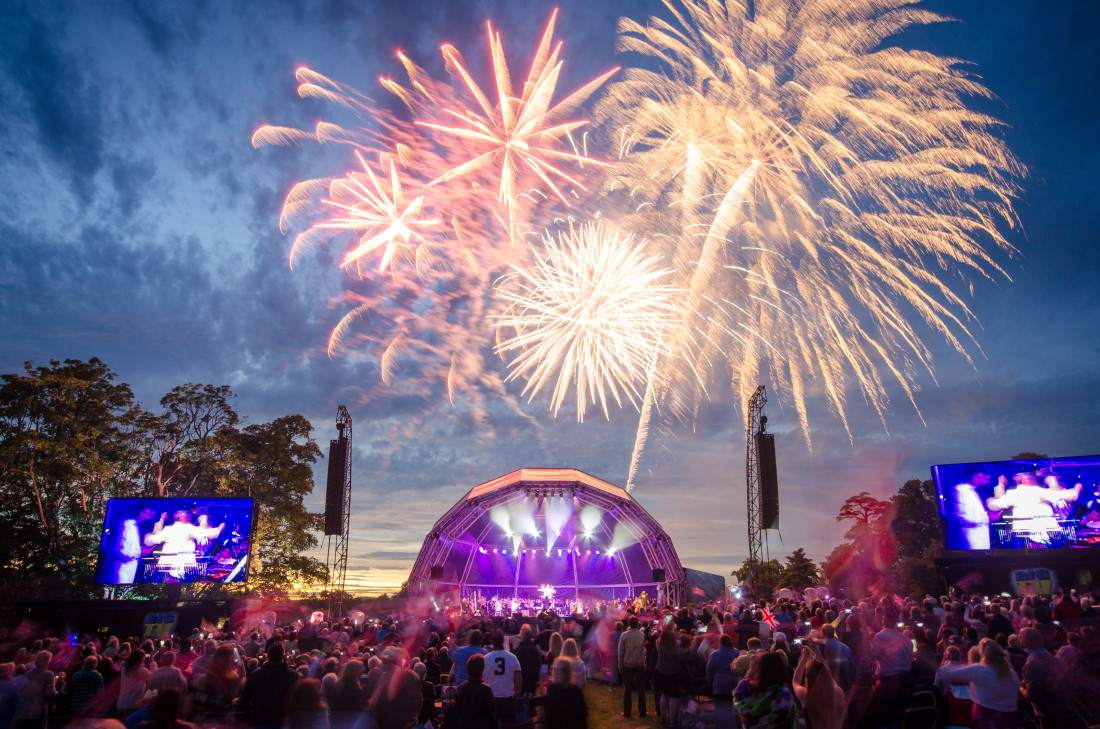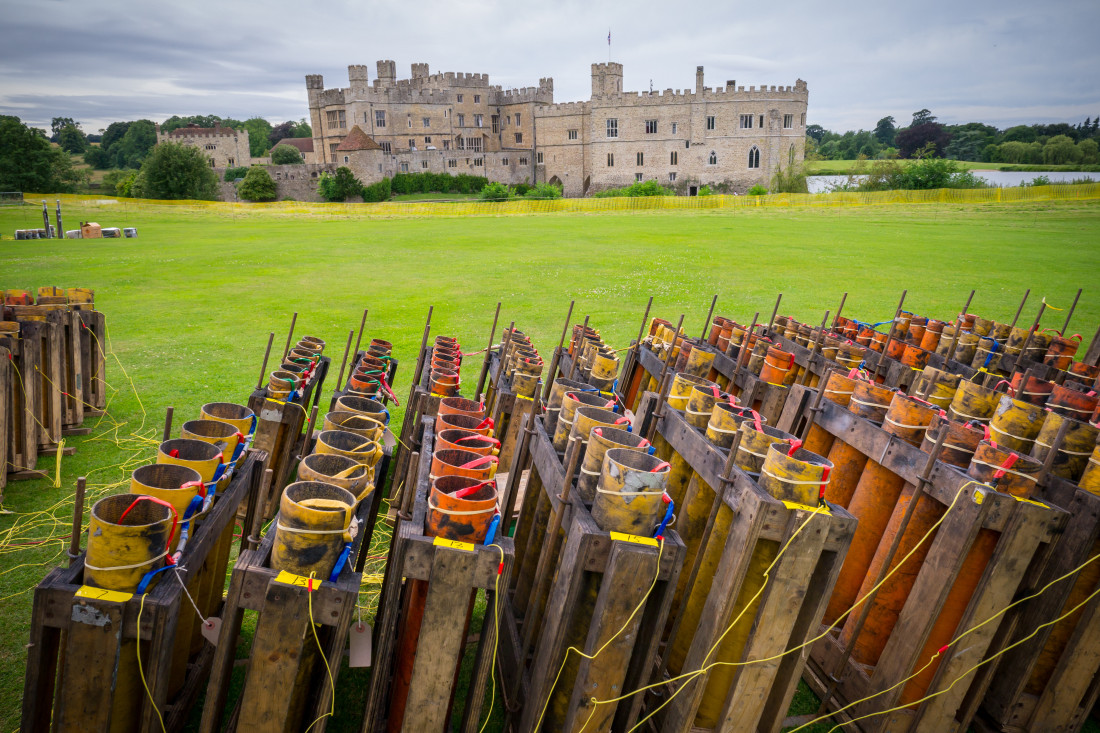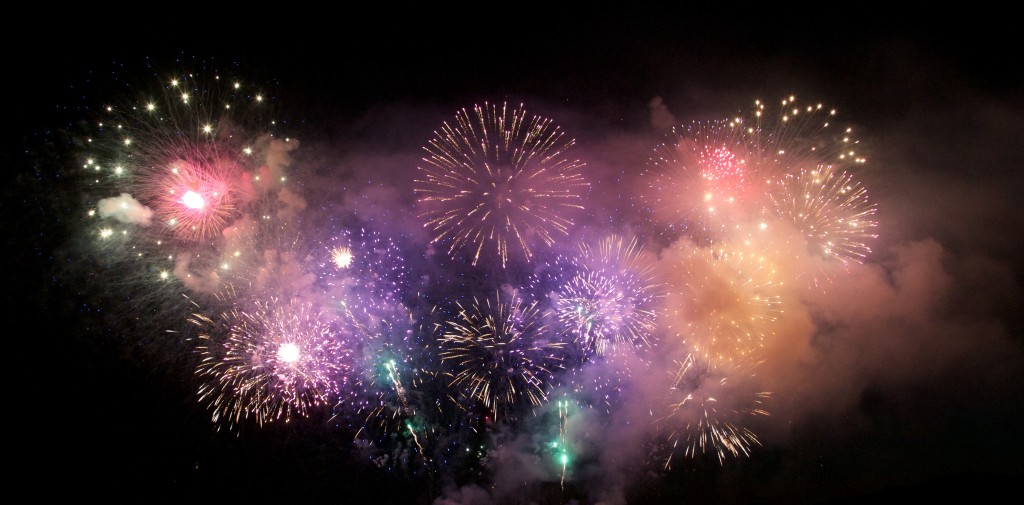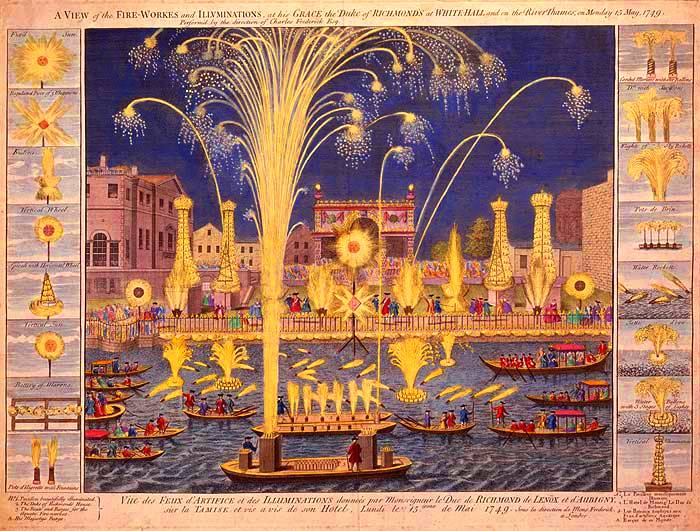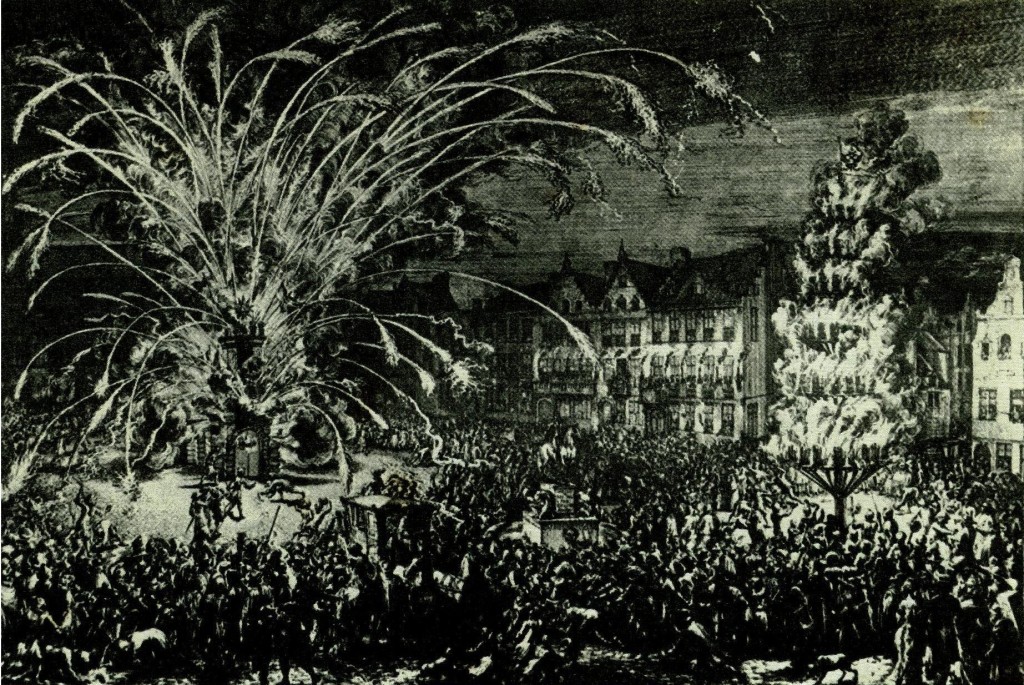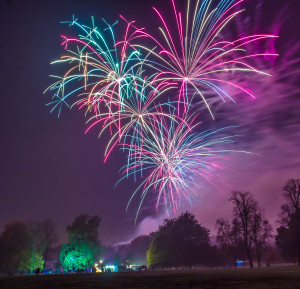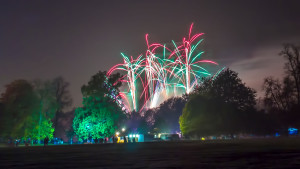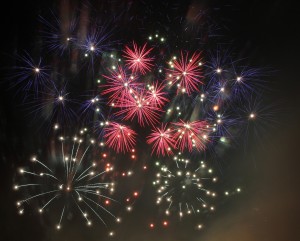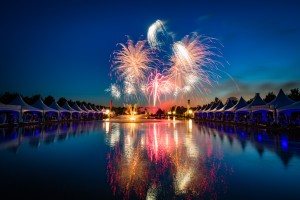Throw the Ultimate Firework Party this Bonfire Night
Bonfire Night is undoubtedly the best night of the year to throw a party, an event where you’re guaranteed lots of people will show up and mingle and talk to each other without really having to do much. The best firework parties are fun for everyone, regardless of age, and a good fireworks display will provide the perfect conversation starter for the night. Once your guests have talked at length about your fireworks display and the food, they’ll soon be in their own conversations as you relax and enjoy your success.
You can create a great firework display even if you don’t have a massive garden by choosing fireworks that have been designed for home use. Alternatively, if you have the space, investing in a larger display will definitely be worth it. Your clearance should be at least 5 metres for a small display and between 25 and 40 metres. You will then need another distance of the same length as a fall-out area.
Types of fireworks to include
The best firework displays contain a wide range of different fireworks, including:
- Cakes – essentially a group of Roman candles taped together. You only need to light one fuse to set them all off.
- Mines – Like Roman candles, but shorter in duration, mines all set off in one go or a few at a time.
- Rockets – Rockets are classic fireworks and an integral part of any firework display.
- Fountains – Slightly quieter than other fireworks, fountains shoot wonderful plumes of stars into the sky.
When putting together your firework display, try to make sure there’s as much as variety as possible. Don’t set off all your fountains or rockets at the same time as this will leave people looking at the same spot in the sky. Three minutes of the same fireworks will become boring very quickly.
Safety first!
Safety should be your number one concern when you’re hosting a firework display, and there are a number of things you can do to minimise the safety risks that come with a fireworks display.
- Increase your clearance zone if the wind is blowing towards your guests
- Securely stack the fireworks into the ground until they’re in tight and don’t wobble
- Keep a few buckets of water close to hand
- Research first aid on treating burns
- Carefully read the instructions of every individual firework and make sure every part of the firework has gone off – particularly with cakes. If it only partially goes off, leave it for half an hour before dousing it in cold water and ensuring no one goes near it
Food and drink
November is a cold month, and close to the depths of winter. This means it’s time to stop with the finger food and offer some hot and comforting autumnal food. Chilli is always a great choice, as are hotdogs, burgers and cheesy chips.
If you want to make use of your Halloween pumpkin, you could make a creamy and spicy pumpkin soup, perfect for any vegetarians or vegans in your group. Offer a range of hot chocolate, teas and mulled cider for people to drink and everyone will be feeling great.
Don’t worry if cooking isn’t your strong point, though. You can easily ask people to bring a dish of food with them, this way you can massively cut down on your washing up afterwards and you will know for certain that everyone will be able to eat something they love.
The bonfire
No bonfire night celebration is complete without a bonfire. After the wonder of your firework display, the bonfire provides the perfect centre for people to sit down, discuss the night’s highlights and eat the wonderful food that’s on offer. Glowing embers are perfect for catching up with old friends and learning more about new ones. If you have space for a firework display rest assured you have space for a bonfire.
If space does come at a premium, a bonfire just a couple of metres in diameter will be perfect, just make sure there are no overhanging tree branches or shrubs nearby. If you’re looking to build a large bonfire, you can make one over 6 metres.
At this point, you can dig a shallow hole where you plan to start your bonfire, lay down a circle of stones to contain the bonfire, or you can do both. It’s good to remember that if your bonfire will be taking place in your garden, you will need to fill the hole and reseed it or re-turf the area.
Wooden pallets are ideal for bonfires as they will let air get to the bottom of the bonfire and create a good updraft. Wooden logs are also a good choice for your bonfire and you should stack them in the same style as a log cabin, leaving plenty of space between the logs and the centre. In the centre of your logs, put in newspaper and other kindling materials.
You will need to find someone to watch over the bonfire throughout the night. This is to ensure no one falls or children get too close to it, and also to ensure that it doesn’t go out before the end of your party. It will need feeding more logs and kindling regularly throughout the night, and if you want your bonfire to be going until the morning, looking after it is essential.
Decorations
You can create a wonderful and inviting atmosphere with just a few simple decorations and finishing touches that will really make your guests think you’ve spent all day getting ready. Outside fairy lights leading your guests to your party is a small but effective way to welcome everyone, and as it gets darker, you may find their invaluable for helping people to find what they’re looking for.
Make sure you have piles of blankets close to hand around your party. It helps to make people feel comfortable and relaxed and as it gets colder, they’ll become essential for keeping warm, even if you do have the bonfire too.
Finally, place some apples and squashes (including pumpkins) in strategic places to really give your party an autumn feel. Everyone loves a good bonfire party and at the end of the night, you can rest assured that all your guests will be talking about your party for weeks.
Find the perfect fireworks for your bonfire party with Alchemy Fireworks. Call us on +44 (0)8000 66 58 37 or get in touch with us online.


